There’s nothing more frustrating than getting a flat tire, especially when you can’t seem to find the cause of the leak. You’ve checked the tread thoroughly and can’t locate any punctures, nails, or other obvious culprits. So what gives? Why is your tire flat with no apparent hole?
The reality is that there are several potential reasons why your tire may have lost air despite the lack of visible damage. Here are some of the most common causes and what you can do about them:
Valve Stem Leak
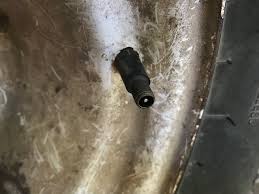
One of the most overlooked sources of air loss is the valve stem itself. The valve stem is the small protrusion from the wheel rim where you add air. Over time, the valve stem can develop hairline cracks or the core inside can fail, allowing air to slowly seep out. Remove the valve stem core with a valve stem tool and apply soapy water around the base – if you see bubbles forming, the stem is leaking and needs replacement.
To check for a valve stem leak:
- Remove the valve stem core using a valve stem tool by pressing down on the tool and unthreading the core.
- Apply soapy water around the base of the valve stem.
- If you see bubbles forming, the valve stem is leaking and needs replacement.
Replacing a valve stem is an easy $5-10 repair at most tire shops or auto parts stores.
Rim Leak
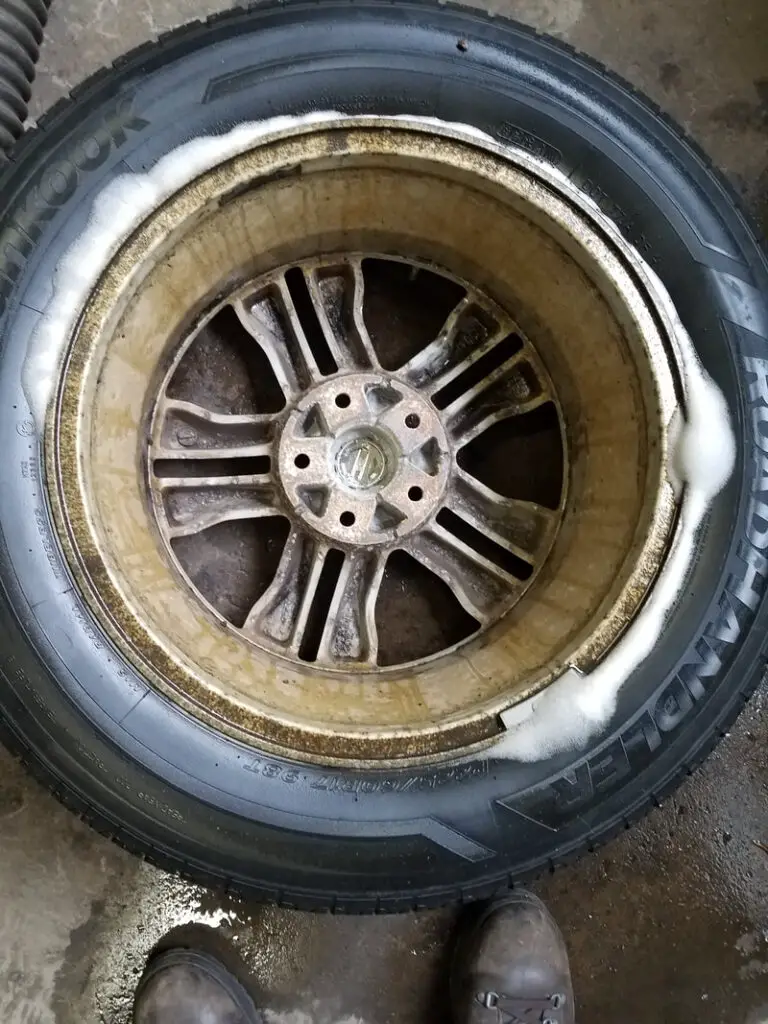
Another possibility is a leak where the tire bead seats against the wheel rim. Rust, corrosion, dents, or rough spots on the rim can prevent an airtight seal. Have a tire professional check for rim leaks using a water submersion test. If a leak is found, rim refinishing or replacement may be required.
What to look for:
- Pitting or gouges in the rim from road debris
- Excessive rust or corrosion buildup
- Dents or deformities in the rim shape
A tire professional can check for rim leaks using a water submersion test. If a leak is found, rim refinishing ($25-75) or full rim replacement ($60-200+ per rim) may be required.
Osmosis
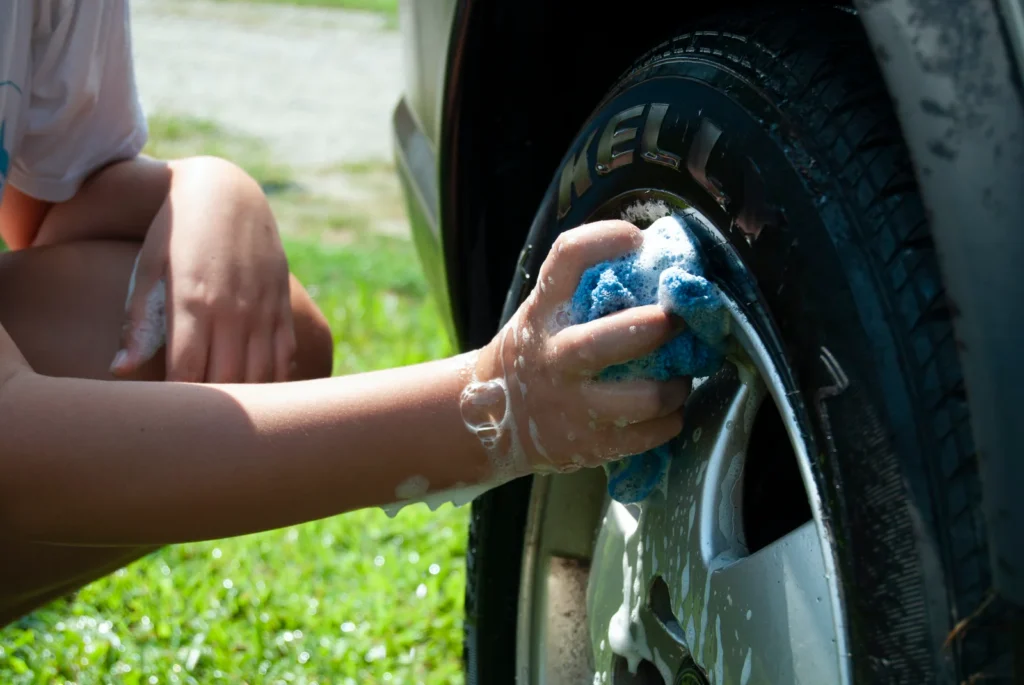
Believe it or not, air can actually slowly permeate through the rubber of the tire itself through a process called osmosis. This normal, gradual air migration happens with all tires over time. Tires over a few years old are more susceptible. The tire may simply need to be re-inflated regularly until it’s time for replacement.
Tires over 3-4 years old are more prone to osmosis-related air loss. The tire may simply need to be re-inflated regularly until it’s time for replacement. As an estimate, osmosis can cause a loss of 1-3 PSI per month in older tires.
Slow Leak
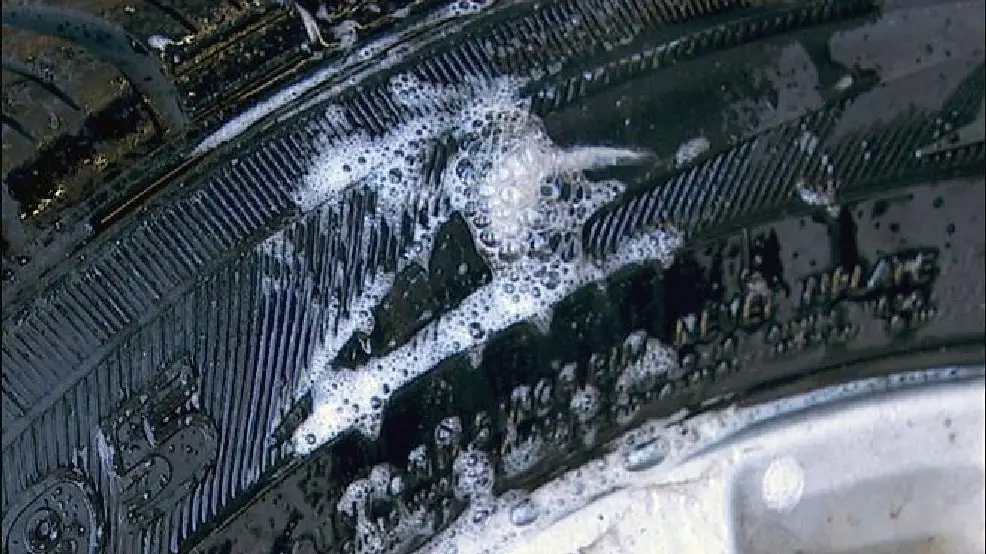
Sometimes you may have a very slow leak from a tiny puncture, Object wedged in the tread, or porosity in the tire that’s too small to detect easily with the naked eye. Use lots of supplemental lighting and a fine-toothed comb to inspect all tread grooves closely. Running soapy water over the tire can also help pinpoint leak sources.
To find a slow leak:
- Use bright lights and a fine-toothed comb or pick tool to closely inspect all tread grooves
- Run soapy water over the tire and look for bubbles forming
- Check the inside of the tire as well by removing it from the rim
- Consider having a professional perform an immersion test
If the cause of a slow leak can’t be repaired with a patch or plug, then the tire will need to be replaced ($60-$300+ for most passenger vehicles).
Temporary Thermal Leak
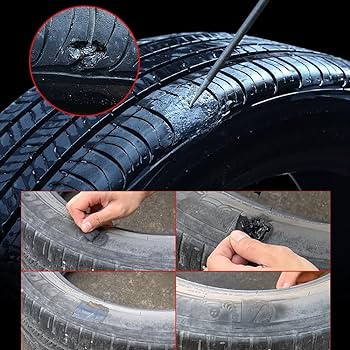
If you’ve ruled out all potential leaks and the tire is holding air pressure again after inflating, then the issue may have been caused by a temporary thermal leak that self-repaired.
Tires can temporarily lose air as the rubber expands from increased heat during driving. As the tire cools down, it regains the lost air pressure. Checking the tire pressure when cold can prevent mistaking a thermal leak for a puncture.
Preventing Flat Tires While some air loss is inevitable, following these tips can help prevent premature flat tires:
- Check tire pressure monthly and before long trips; adjust pressure according to vehicle specs
- Have tires rotated and balanced regularly
- Avoid hitting potholes, curbs, and debris on the road
- Don’t overload your vehicle beyond max weight limits
- Replace tires if tread depth falls below 2/32″
- Consider upgrading to tires with reinforced rubber compounds
So don’t panic if you encounter a flat with no obvious puncture or damage. With some diligent inspection and techniques like adding air and soapy water, you can often get to the bottom of the issue and get your tire repaired or replaced as needed to get you back on the road safely.
Also Read:
- What’s the Real Cost of Muffler Repair or Replacement?
- Car Jerks When Accelerating? Here’s What Could Be Wrong
- When To Change Your Brake Fluid? How Much Does It Cost?

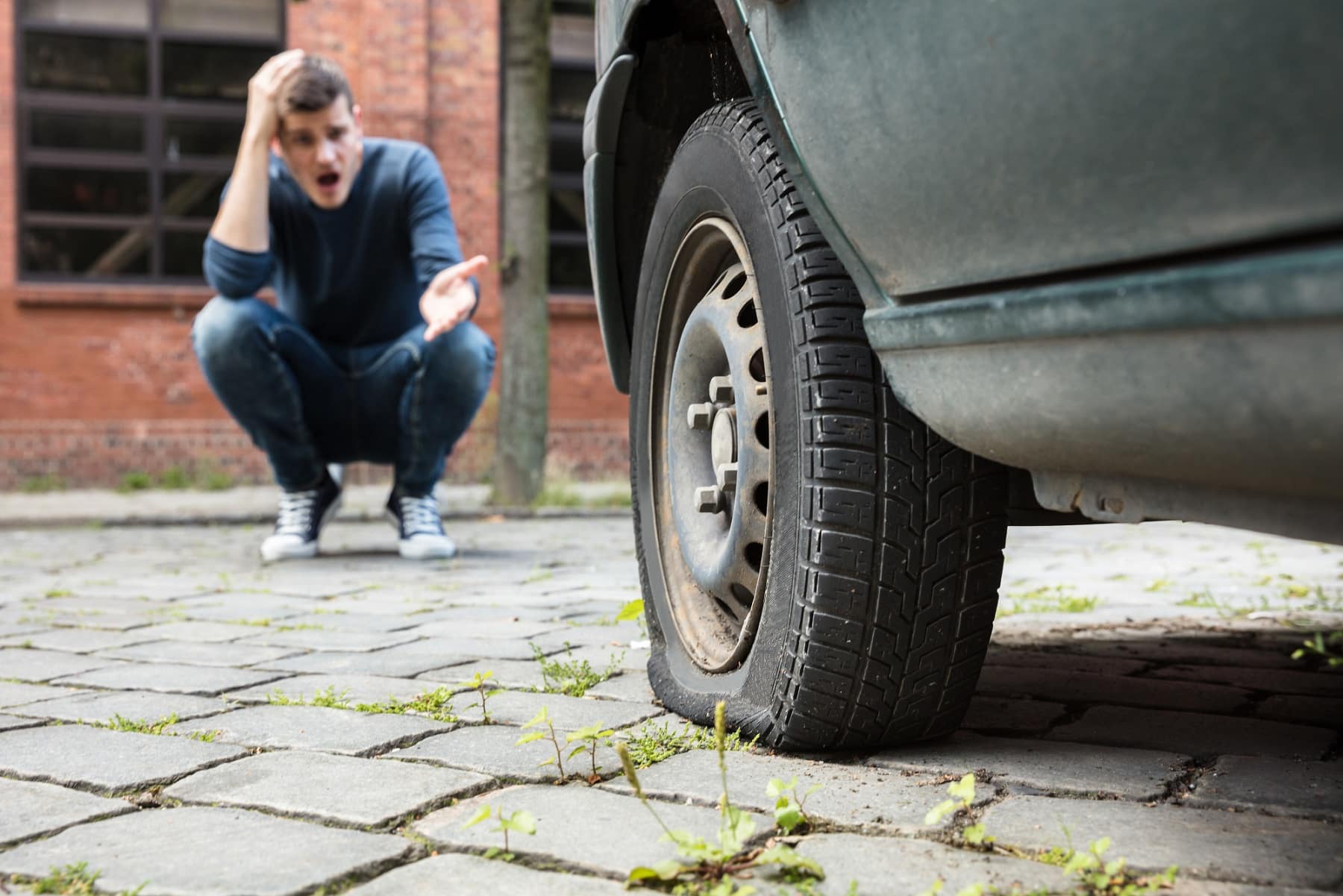
[…] Flat Tire But No Hole? Here’s What to Do […]
[…] Flat Tire But No Hole? Here’s What to Do […]
[…] Flat Tire But No Hole? Here’s What to Do […]
[…] Flat Tire But No Hole? Here’s What to Do […]